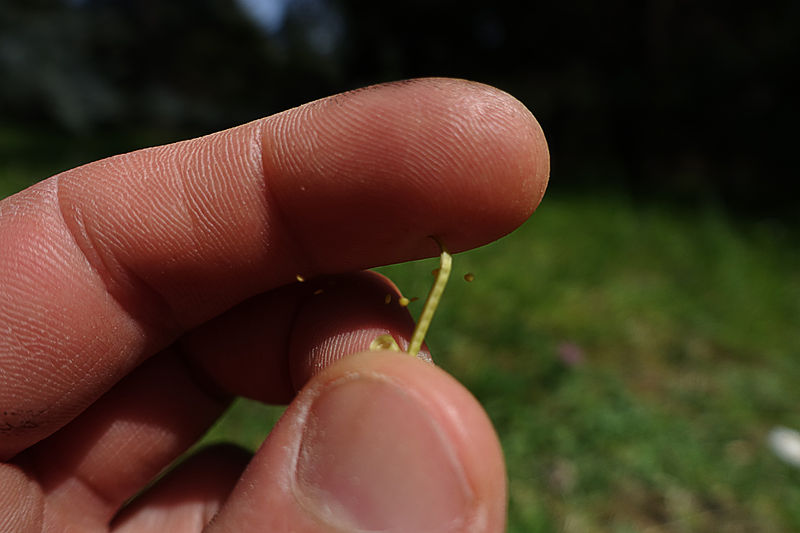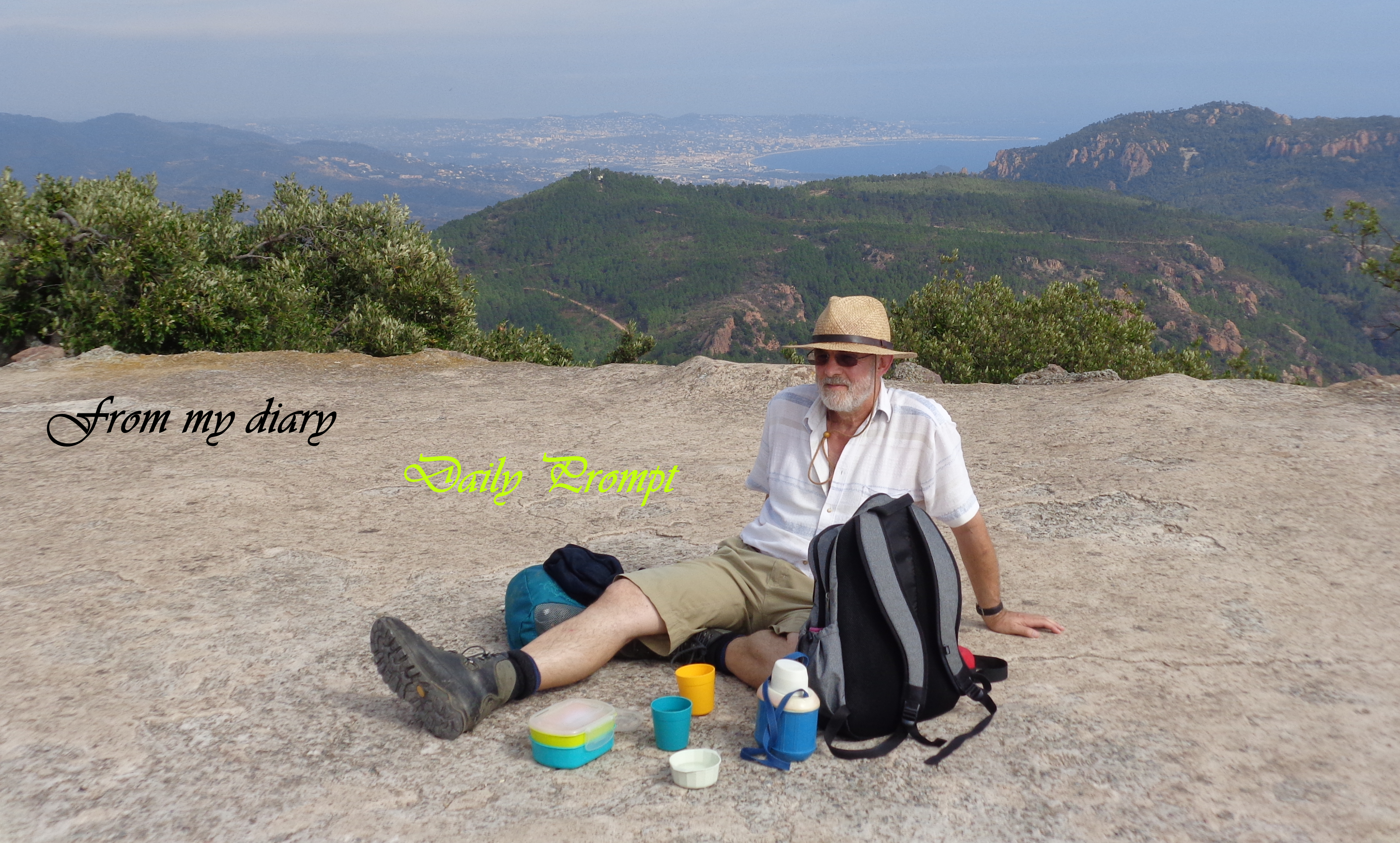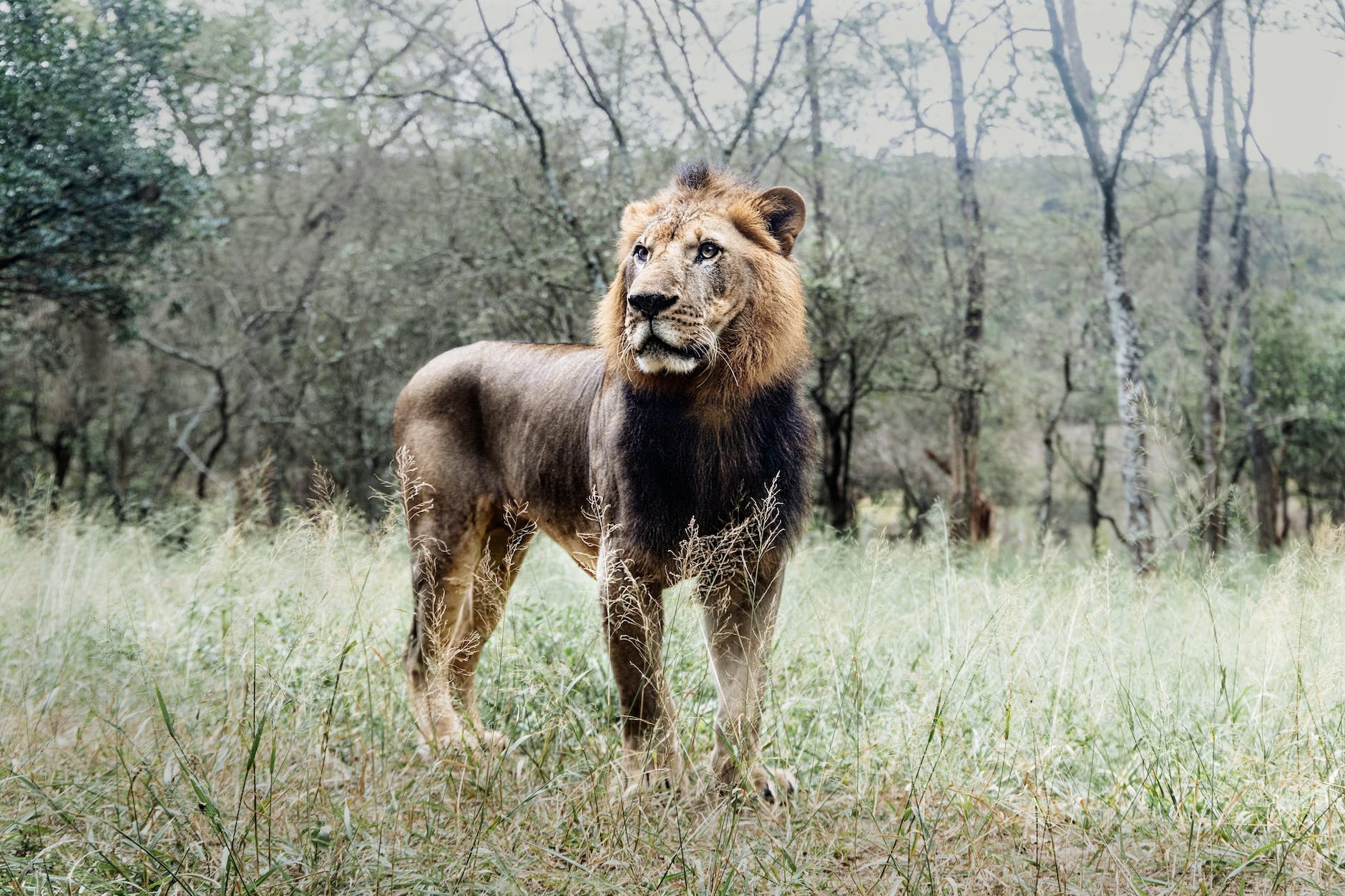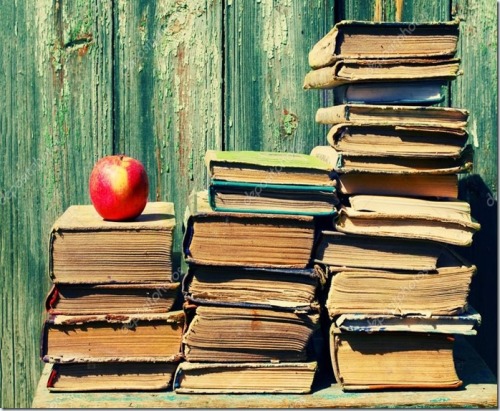I work as a professional gardener and I am surrounded by seeds! They come in the amazing shapes and sizes and perform little miracles on the way. If it were not for seeds our world would not function we would not be able to survive!
I often wonder where the first seeds were and what they were. The only way I can consider it is that in Genesis we are told
‘And the earth brought forth grass, the herb that yields seed according to its kind, and the tree that yields fruit, whose seed is in itself according to its kind.’
So the seed was already in the plant. Well, that makes sense; they were there to start with packed with the individual DNA required to produce the plant and fruit.
Every year I go online or wander around garden centres to look and plan different seeds to order so I can grow for the gardens I look after. There is a fantastic variety out there, too many to comprehend. For me it is like being a child in a toy shop!
When they arrive I look at the instructions to see what the requirements of the seeds are. Some will germinate quite easily in a tray of compost at the right time of year. Others need ‘stratifying’ by placing in a refrigerator or freezer to convince the seed it has been through a winter period. Some actually need to be passed through the insides of a certain rare animal before the seed will germinate and then the plant has to be pollinated by an illusive moth to produce flowers and, in turn, seeds! I don’t order those! Check out the Brazil nut story.

The Judean Date Palm at Kibbutz Ketura, nicknamed Methuselah.
Some of the seeds I order are not successful and I abandon them only to find sometime later they germinate after being thrown on the compost heap. Some seeds are very old and then germinate given the right conditions. The oldest mature seed that has grown into a viable plant was a Judean date palm seed about 2,000 years old, recovered from excavations at Herod the Great‘s palace on Masada in Israel. It is amazing that a seed can lay dormant for so long.

Impatiens scapiflora at Silent Valley National Park, South India

An exploding pod of Cardamine impatiens, a common weed in Europe and America. This manner of dissemination is called auto-dissemination or autochory.
Seeds are also fun and exciting when they use different methods to spread their seed. Many years ago when my children were young we walked through a park and in the flower beds were some Impatiens flowers, ripe with seed pods on them. I showed the boys how if you brushed your finger along them they would do a remarkable thing.
They would fire a spring loaded mechanism and with a pop fire the seeds into the air. Each pod has a segment that weakens as it ripens ready for the time of explosion. I can remember the children having fun watching this happen.

Pop-fired impatiens seeds
Some seeds are really tiny and almost like dust, others huge like coconut pods that float in the sea ready to find land to sprout when washed ashore.
Of course seeds don’t often have much success just being on their own. They need other elements to succeed such as animals brushing against them when they will attach themselves sometimes with hooks such as the burr. There is an interesting story behind the burr:

The hook and loop system Velcro, a portmanteau of the French words velours (“velvet”), and crochet (“hook”), the invention for which de Mestral is famous
The inventor of Velcro, more generically known as a “hook and loop fastener” or “touch fastener” (as “Velcro” is technically just a brand of that product), was Swiss engineer, Georges de Mestral. After going out on a hunting trip with his dog in the Swiss Alps, his trouser legs and his dog’s hair were covered in burrs from the burdock plant. As an engineer, he naturally began to wonder how exactly the seeds stuck so effectively. He examined the burrs under a microscope and discovered that they had very tiny hooks which allowed the seeds to catch on to things like fabrics, which have tiny loops.
Wow, it made him a wealthy man and produced a very useful product.
Also of course many seeds become plants with flowers which are pollinated by insects (another fascinating story) ready for them to become seeds again.
Without seeds plants and flowers and insects such as bees our whole existence would be in jeopardy. Our food supply depends on the whole cycle of life. There are in existence seed banks to enable us to retain heritage seeds to plant in the future should problems arise with extinction.

A Lite-Trac four-wheeled self-propelled crop sprayer spraying pesticide on a field
God has promised us that “seed time and harvest will never fail” and when you look at seeds and how they reproduce it is highly unlikely but as a human race we may worry about the consequences of using too much pesticides and chemicals on plants. Each year I collect seeds and dry them off ready to store in envelopes with the name clearly written on the outside. They appear to be dead and lifeless but they are waiting for the time to explode into life again on the passing of winter into spring again.
C. Peel
+++
Related articles


























































Pingback: Seeds to be planted soon | From guestwriters
Pingback: Seeds, weeds and kingdoms | From guestwriters
Pingback: Germinating small seeds, pebble-stones, small and mega churches and faith – Belgian Ecclesia Brussel – Leuven
Pingback: Seeds and weeds for being the greatest nation | From guestwriters